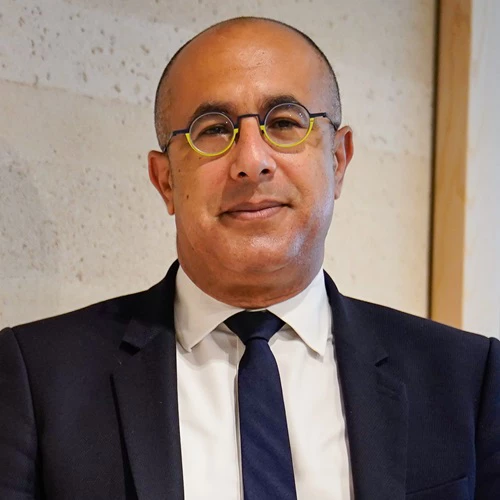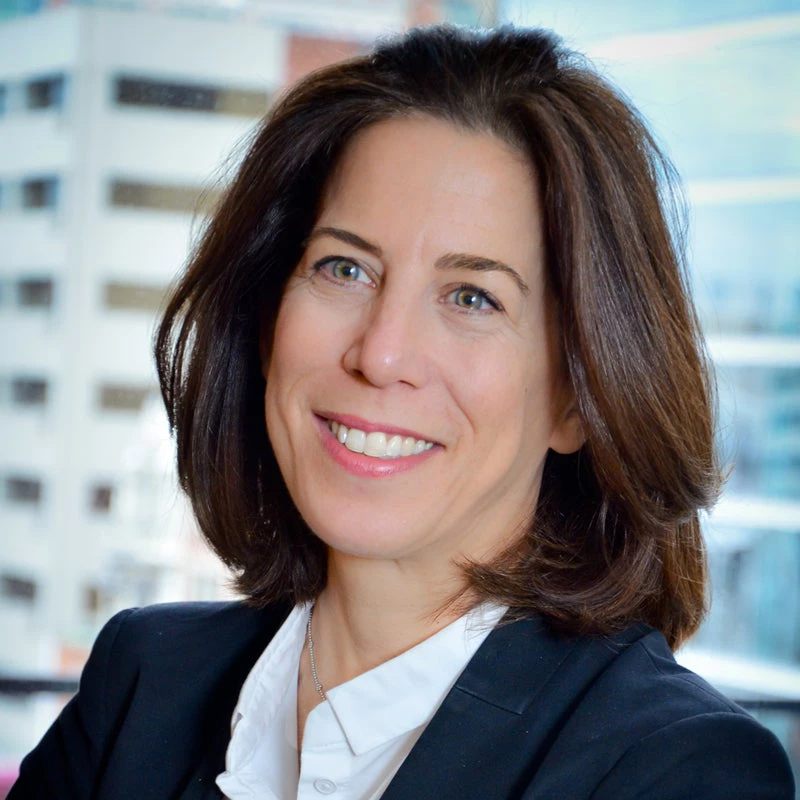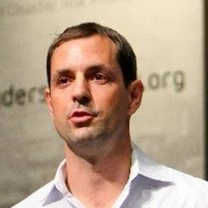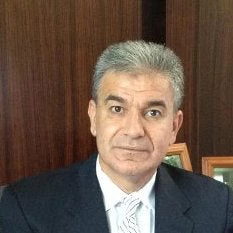Climate change is making it worse. Extreme weather is hitting us harder and more frequently as the planet warms, causing greater losses., particularly in cities.
According to our recently published report called “ Investing in Urban Resilience,” by 2030, without investment into making cities more resilient, natural disasters may cost cities worldwide approximately $300 billion each year, and climate change is likely to push more than 70 million people into poverty. Women, children, the elderly, and those with disabilities are likely to be the most affected.
Facing such devastating impacts, how can countries around the world help cities and communities increase resilience, safeguard lives, and protect properties? Well, there’s one thing they must do: securing land rights for all. Here’s why:
- First, secure land rights are key to reducing vulnerability and disaster risks. Because when people are forced out of their homes by a disaster, comprehensive and secure land records offer critical protection of rights to their property and livelihoods.
- Second, land and geospatial information plays an important role in all phases of disaster risk management, such as disaster reduction, risk reduction, preparedness and mitigation, and emergency response. Land and geospatial systems can also facilitate quick recovery by providing data on the impact, the value of losses, and the investment needs for recovery and reconstruction.
With almost 60% of the places that will be urbanized by 2030 yet to be built, there is no better time than now to invest in resilience. Over the last six years, the World Bank has invested billions of dollars in disaster risk management around the globe, but the world needs trillions more each year to make sure the infrastructure of today can withstand the disaster of the future.
What we need is more investment and stronger action. Let’s work together to build inclusive, resilient, and sustainable cities and communities for all.
Replay a livestreamed discussion on resilient infrastructure with Richard Branson, Christiana Figueres, and other influencers, organized by the Global Facility for Disaster Recovery and Reduction during the World Bank-IMF Annual Meetings in October 2017.





Join the Conversation